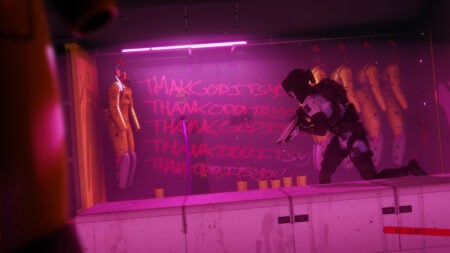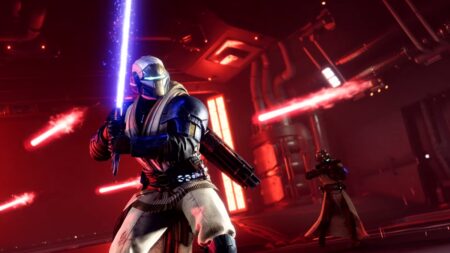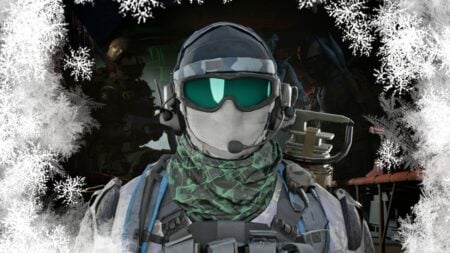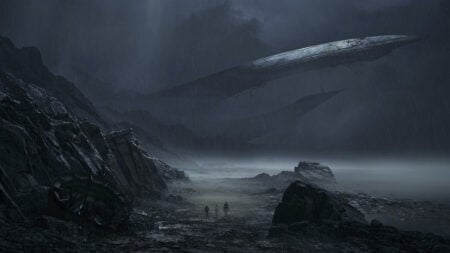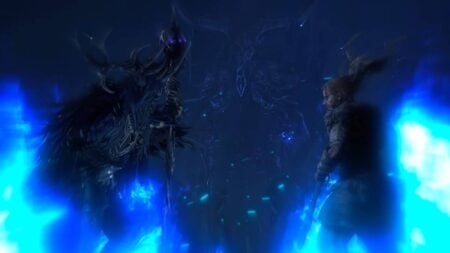Title: Homeworld: Deserts of Kharak
Version Tested: PC
Available On: PC
Developer: Blackbird Interactive
Publisher: Gearbox Software
Genre: Real Time Strategy
Official Site: https://www.desertsofkharak.com/
Release Date: Jan 20, 2016
Where To Buy: Steam
Almost twenty years after the original released, Homeworld has finally returned to PC gaming. Created by Blackbird Interactive, a studio formed by many of the original developers, Homeworld: Desert of Kharak is a strong prequel and is one of the best real-time strategy games released in the last ten years. It is not quite perfect, but it is a must purchase for fans of the original and of the RTS genre.
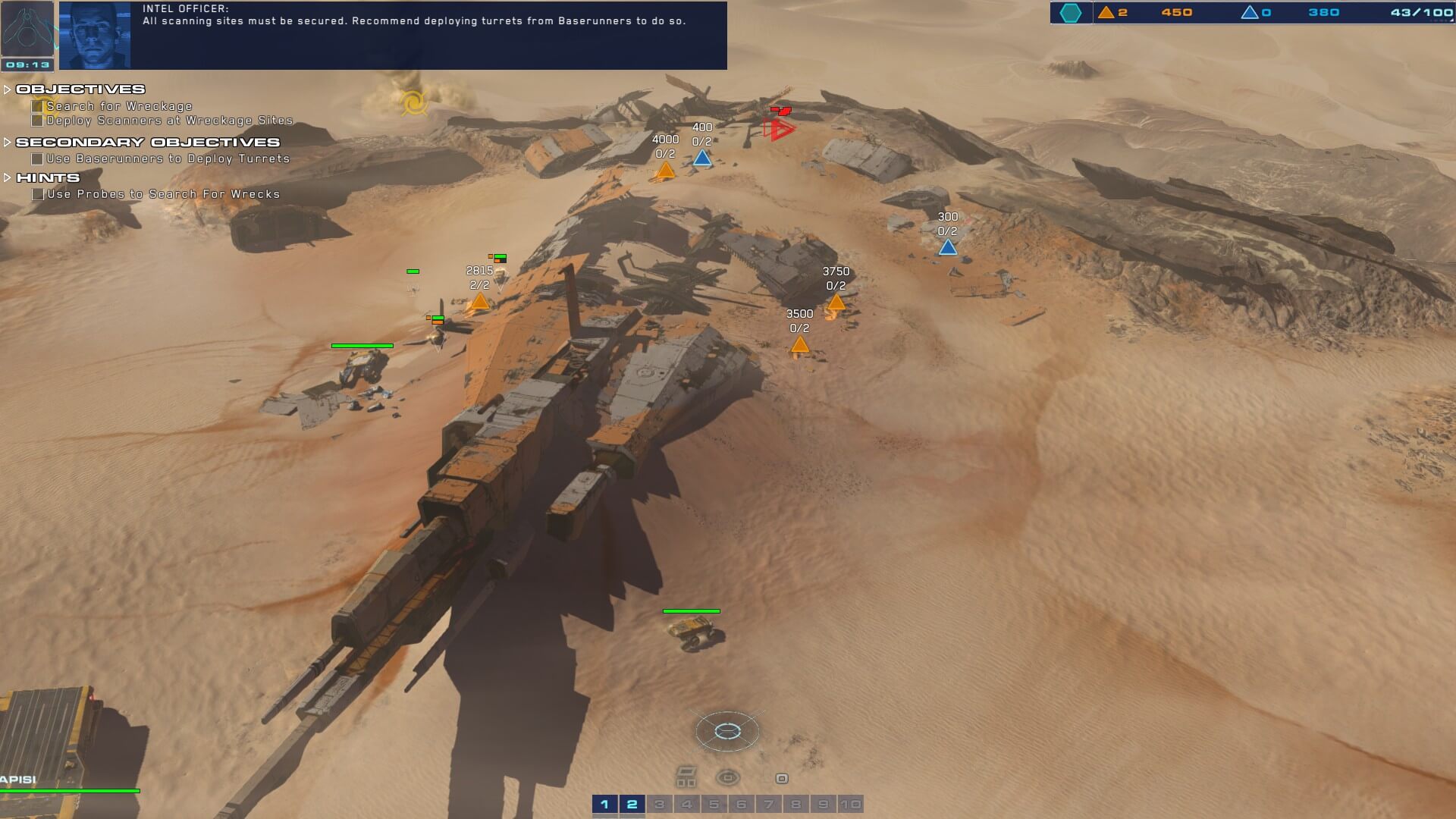
Although the original Homeworld is beloved by fans of the genre, I don’t want to lie and say I felt a crushing wave of nostalgia when I loaded up Homeworld: Deserts of Kharak. This was my first experience with a game from this series, but I never felt lost from lacking that experience. Homeworld: Deserts of Kharak does a great job presenting its story of a bleak, hopeless world, with you controlling the one force that may be able to make things better.
You control a force led by science officer Rachel S’Jet through the massive desert planet Kharek. The planet, and thus your society, is slowly dying; the only hope is an object in the middle of the desert that has been picked up by satellite. You must gather resources, protect your base, and fight back against rival forces as you caravan across the desert to find the anomaly and, hopefully, salvation for your people.
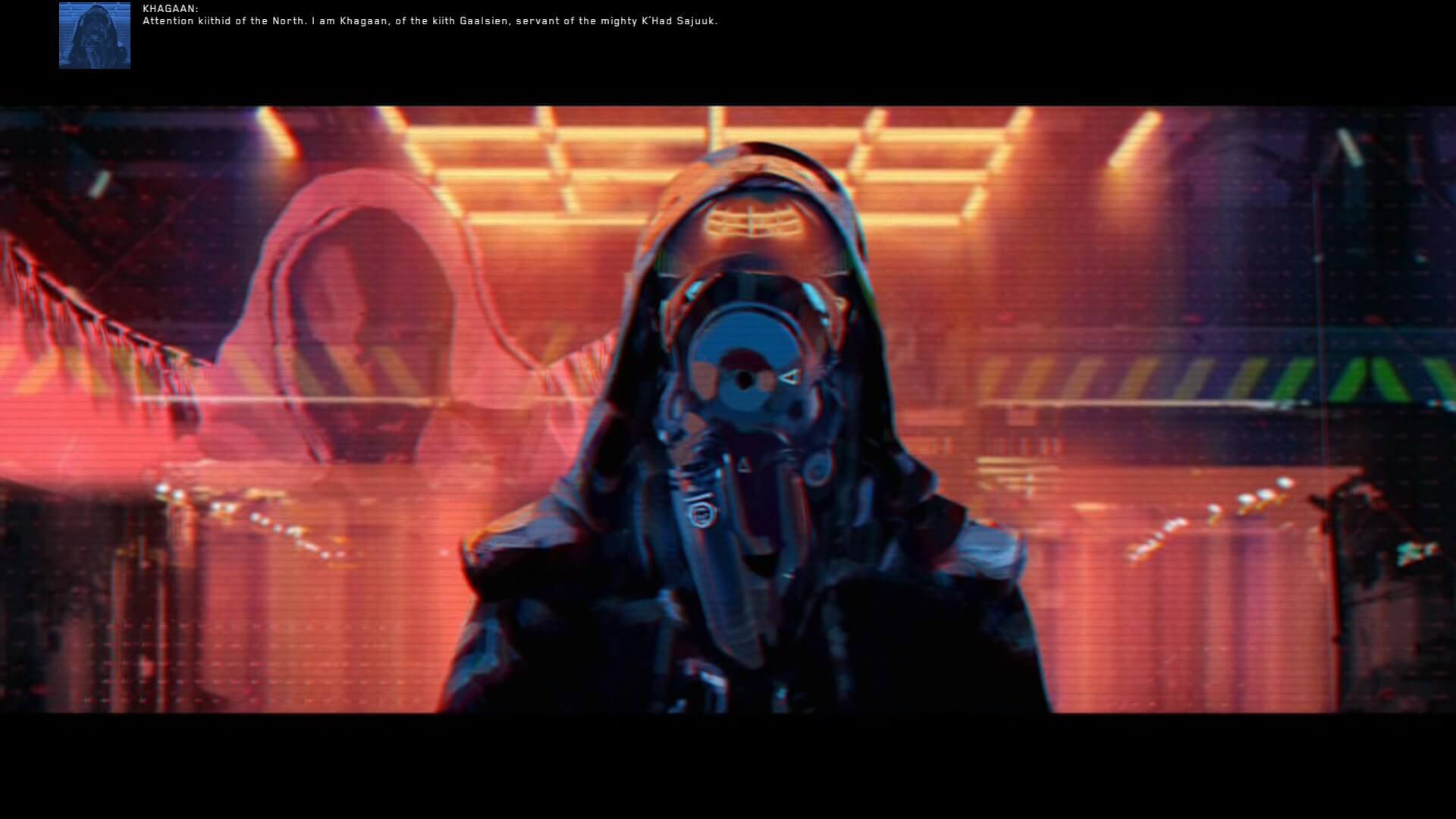
To start, the production values of Homeworld: Deserts of Kharak are excellent. Even though it suffers a bit from “Oh, another vast level of sand,” it is a beautiful game. The sound design and voice acting are excellent, and the cinematic style drew me in very early. The sense of scale between units is gigantic; light attack vehicles are tiny dune buggies, whereas your mobile base, the Kapisi, is the size of an aircraft carrier. When you zoom in to get a better look at these units, it is seamless and amazing with how big certain units feel in comparison to others. Units are still easy to tell apart even when zoomed fully out, however, due to the differently shaped icons that hover as you are selecting your groups.
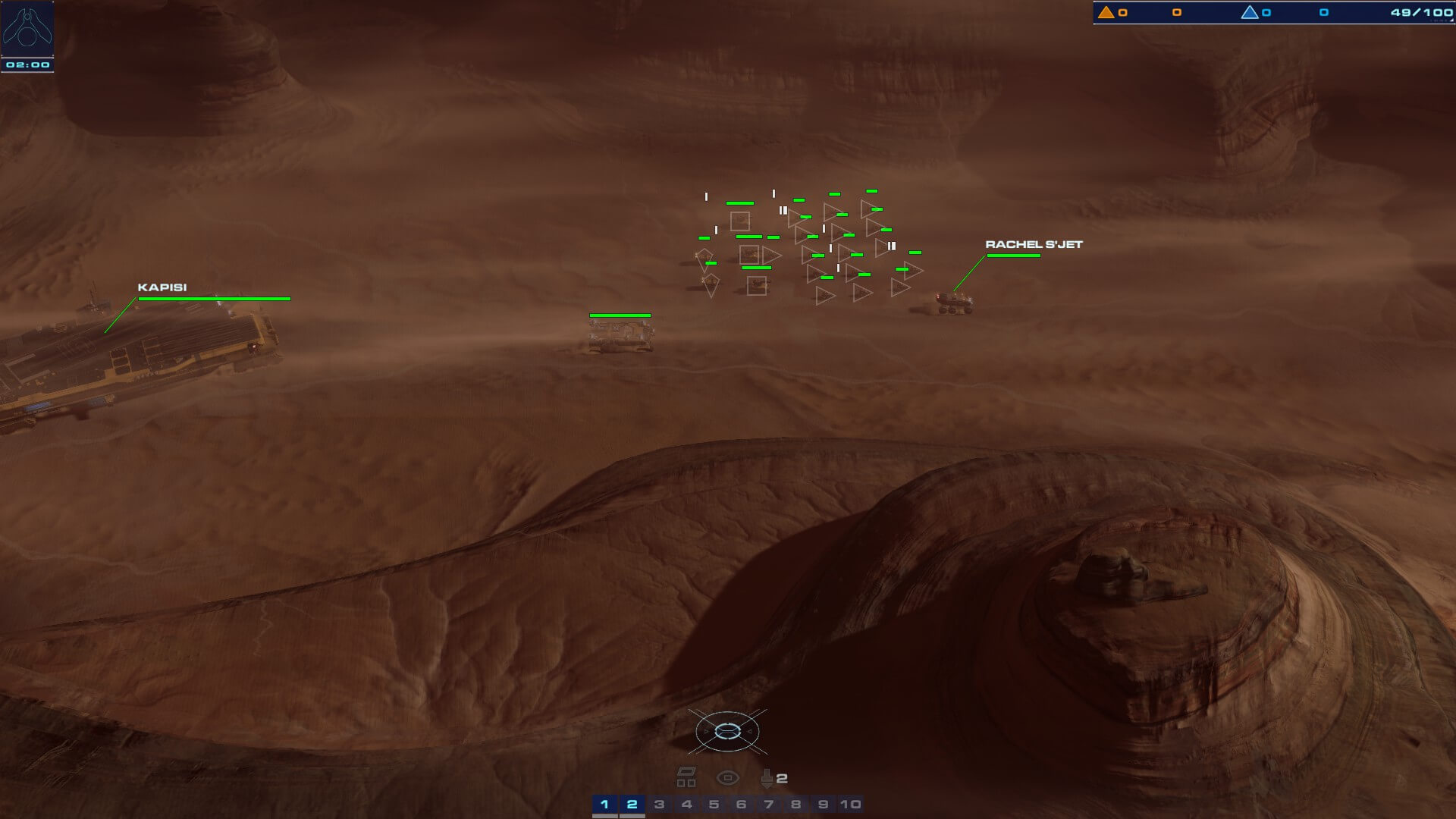
The sound design complements the art style in bringing the universe of the game to life. The voice acting is well designed and thought out, even after many hours of playing I would hear units tell me new things. There seemed to be some sort of context sensitive AI that would let units respond to the situation rather than just announcing “Light attack vehicle at your service!” The sound and graphics combined to bring battles to life, as units circled, fired, and exploded with convincing style.
Gameplay-wise, Homeworld: Deserts of Kharak follows the familiar paper-rock-scissor style typically associated with the genre. Every unit has counters, and being able to quickly identify an enemy’s weakness and react in an efficient way is key to victory. The opening few missions of the campaign mode do a good job of introducing units and demonstrating the situations they are useful in. Even with the tutorial help, the slower-paced, methodical style of the game, a few times locked me into unwinnable situations. If I reloaded a checkpoint, sometimes I would be stuck in a spot where it was too late for me to change the outcome of the upcoming event. This problem can rear its head with the common mission structure that you will see throughout the campaign as well.

Missions in Homeworld: Deserts of Kharak generally follow a predictable pattern: achieve the main objective by following secondary objectives, big mission twist, completely different objective. Even knowing a twist to the mission was coming and that I would have to dramatically change my tactics, I sometimes found that it was too late for me to alter my strategy enough to solve the new objective in time. It tended to happen a little too frequently for my liking, and the game had a few other small issues that compounded on one another.
The most infuriating issue I found with the game were the unskippable cutscenes. There are a LOT. Enough that it would be a discouragement to go back and replay missions on a higher difficulty or to earn achievements. I did not even realize that games still did this, but I guess the developers were that proud of the story. A few other minor things were annoying, but not game-breaking. Even though it looks pretty, for a personal preference, I could never find that sweet-spot of zoom level. The camera is a bit too finicky and got stuck in “cutscene” mode more than once in my time with the game. In addition, the options available for multiplayer are pretty slim.

These small problems are pretty easily masked by everything that Homeworld: Deserts of Kharak does right. It is not the most original, ground-breaking RTS out there, but it is extremely well made and will definitely please fans of the genre. If you are looking for a slower-paced alternative to something like Starcraft II, Homeworld: Deserts of Kharak will probably scratch that itch.
- Gameplay: Standard RTS paper-rock-scissor formatting. Large-scale battles and fun unit management.
- Graphics: Very pretty with a lot of personalities. Not much diversity in level design. The scale of units is impressive.
- Sound: Great voice acting and unit responses. Sound helps draw you into the story.
- Presentation: Cinematic, if predictable, mission structure. Unit management is well done and, with practice, is not terribly strenuous.
[review]


